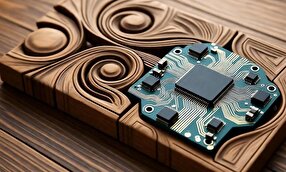Iran Conducts 2 Million Linear Kilometers of Airborne Geophysics to Track Hidden Minerals

“Fortunately, the Seventh Development Plan has planned about 2 million linear kilometers for conducting airborne geophysics studies, and by conducting these studies, we will achieve approximately 70 or 80 percent of the desired data,” said Dariyoush Esmayeeli.
He added that 2 million linear kilometers of airborne geophysics have been conducted in cooperation with the private sector to find the hidden minerals so far.
Airborne geophysics is a non-invasive imaging technology that provides 2D and 3D representations of the ground and subsurface. It provides a homogeneous image, even in hard-to-reach areas.
Airborne geophysics allows the simultaneous implementation of several techniques for acquiring geophysical data quickly, including in areas that are difficult to access (forests, mountains) or which are devoted to a widespread economic activity, except in densely urbanised areas.
Measurements are made with geophysical instruments, usually carried on an aircraft or suspended under a helicopter. After processing and modelling/inversion, they yield a homogeneous, continuous and geolocated (with GPS precision) image of the geological subsurface environment, in 2D and 3D.
Airborne geophysics is a valuable decision-making tool for raw material prospecting, risk management and spatial planning, the assessment and management of groundwater resources or for underground energy extraction.
4155/v





















